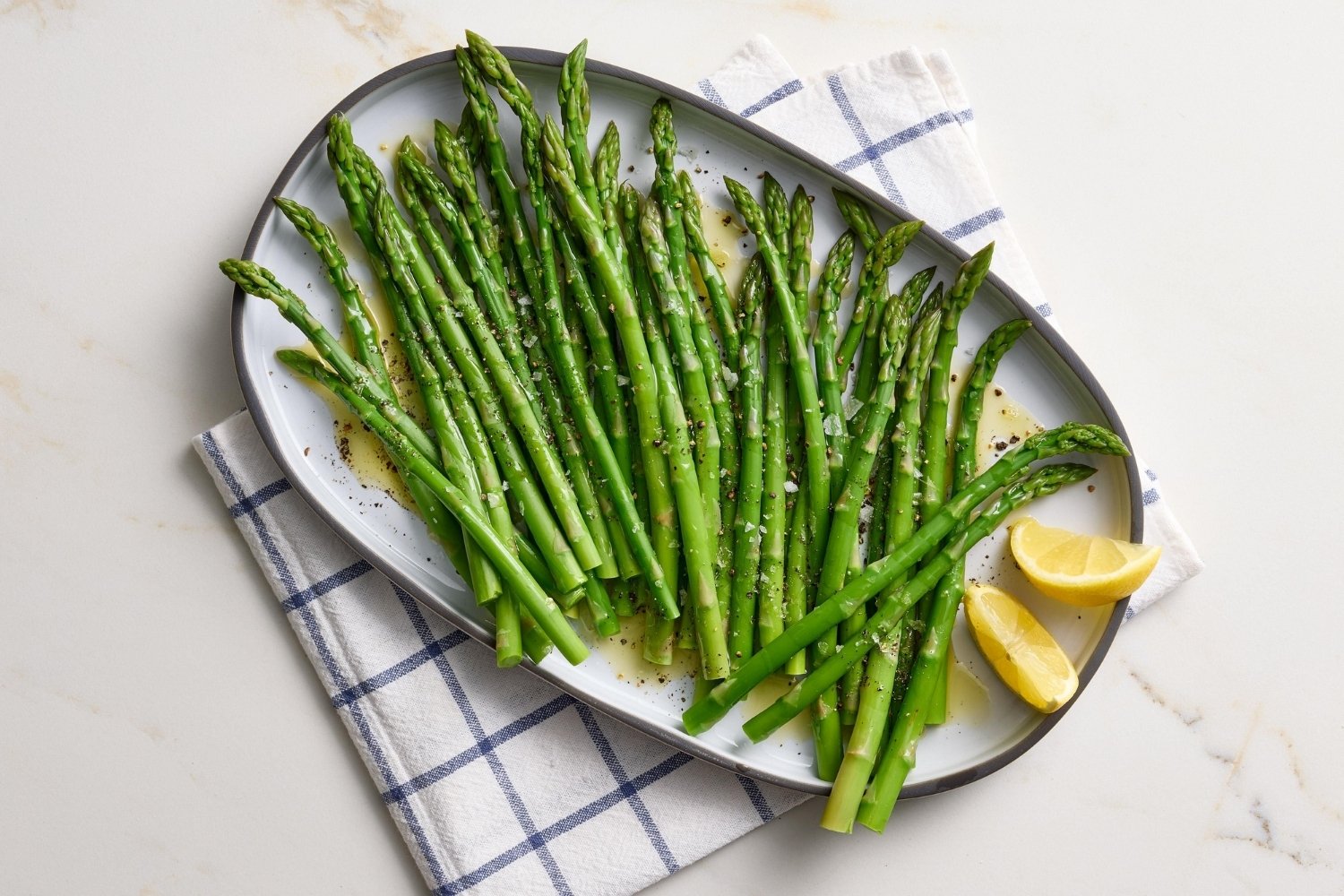
Blanched almonds are more than just a tasty snack. Ever wondered why they look different from regular almonds? Blanching involves boiling almonds briefly, then plunging them into cold water to remove their skins. This process not only changes their appearance but also impacts their texture and taste. Blanched almonds are softer and milder, making them perfect for various recipes. They’re often used in baking, cooking, and even making almond flour. Curious about their nutritional value? Despite losing their skins, they still pack a punch with essential nutrients. Ready to learn more? Let’s dive into 35 fascinating facts about these versatile nuts!
What is Blanching?
Blanching is a cooking process where food, usually vegetables or fruits, is briefly boiled and then quickly plunged into ice water. This method helps in preserving color, texture, and nutritional value. Let's dive into some fascinating facts about blanching.
-
Blanching Stops Enzymatic Actions: This process halts enzymes that cause loss of flavor, color, and texture in vegetables.
-
Preserves Nutrients: Blanching helps retain vitamins and minerals that might otherwise be lost during longer cooking processes.
-
Enhances Color: The quick boil followed by an ice bath helps maintain the vibrant colors of vegetables.
-
Eases Peeling: Blanching makes it easier to peel fruits and vegetables like tomatoes and peaches.
-
Reduces Bitter Flavors: This method can help reduce the bitterness in certain vegetables like kale and Brussels sprouts.
How Blanching Works
Understanding the science behind blanching can make you appreciate this cooking technique even more.
-
Boiling Water: Vegetables are submerged in boiling water for a short period, usually 1-5 minutes.
-
Ice Bath: Immediately after boiling, vegetables are plunged into ice water to stop the cooking process.
-
Cell Structure: The rapid temperature change helps maintain the cell structure of the vegetables, keeping them crisp.
-
Microbial Reduction: Blanching can reduce the number of microbes on the surface of vegetables, making them safer to eat.
-
Prepares for Freezing: Blanching is often used before freezing vegetables to preserve their quality.
Types of Blanching
There are different methods of blanching, each suitable for various types of food.
-
Water Blanching: The most common method, involving boiling water.
-
Steam Blanching: Vegetables are exposed to steam instead of boiling water, which can be gentler on delicate vegetables.
-
Microwave Blanching: A quicker method using a microwave, though it may not be as effective as traditional methods.
-
Oil Blanching: Used primarily in the food industry, this method involves briefly frying food in hot oil.
-
Chemical Blanching: Involves using chemicals like sodium bisulfite, mainly in industrial food processing.
Benefits of Blanching
Blanching offers numerous benefits that make it a valuable technique in both home and professional kitchens.
-
Improves Texture: Keeps vegetables crisp and tender.
-
Flavor Retention: Helps in maintaining the natural flavors of vegetables.
-
Reduces Cooking Time: Prepares vegetables for quicker cooking later.
-
Aids in Digestion: Makes certain vegetables easier to digest.
-
Prevents Overcooking: The ice bath stops the cooking process, preventing overcooking.
Commonly Blanched Foods
Some foods benefit more from blanching than others. Here are a few commonly blanched items.
-
Green Beans: Retain their bright green color and crisp texture.
-
Broccoli: Keeps its vibrant color and firm texture.
-
Tomatoes: Easier to peel for sauces and salsas.
-
Peaches: Simplifies peeling for desserts and preserves.
-
Almonds: Removes the skins for a smoother texture in recipes.
Blanching Tips and Tricks
Mastering blanching can make your cooking more efficient and enjoyable.
-
Salt the Water: Adding salt to the boiling water can enhance flavor and color retention.
-
Use Plenty of Ice: Ensure the ice bath is cold enough to stop the cooking process immediately.
-
Timing is Key: Over-blanching can lead to mushy vegetables, so keep an eye on the clock.
-
Dry Thoroughly: After blanching, dry vegetables thoroughly if you plan to freeze them.
-
Batch Blanching: Blanch in small batches to ensure even cooking.
Blanching in Different Cuisines
Blanching is a versatile technique used in various culinary traditions around the world.
-
Chinese Cuisine: Often used for vegetables in stir-fries to maintain their crispness.
-
French Cuisine: Essential for preparing vegetables for dishes like ratatouille.
-
Italian Cuisine: Used for tomatoes in sauces and soups.
-
Japanese Cuisine: Commonly used for vegetables in tempura and salads.
-
Indian Cuisine: Helps in preparing vegetables for curries and other dishes.
Final Thoughts on Blanched Almonds
Blanched almonds are more than just a tasty snack. Packed with nutrients, they offer a range of health benefits. From improving heart health to aiding in weight management, these nuts are a powerhouse. They’re also versatile in the kitchen, perfect for both sweet and savory dishes. Whether you’re adding them to a salad, baking them into cookies, or just munching on them plain, blanched almonds are a great choice. Plus, they’re easier to digest than raw almonds, making them a better option for those with sensitive stomachs. So next time you’re at the store, consider picking up a bag. Your body will thank you. Remember, a small handful a day can make a big difference in your overall health. Enjoy the crunch and the benefits!
Was this page helpful?
Our commitment to delivering trustworthy and engaging content is at the heart of what we do. Each fact on our site is contributed by real users like you, bringing a wealth of diverse insights and information. To ensure the highest standards of accuracy and reliability, our dedicated editors meticulously review each submission. This process guarantees that the facts we share are not only fascinating but also credible. Trust in our commitment to quality and authenticity as you explore and learn with us.
